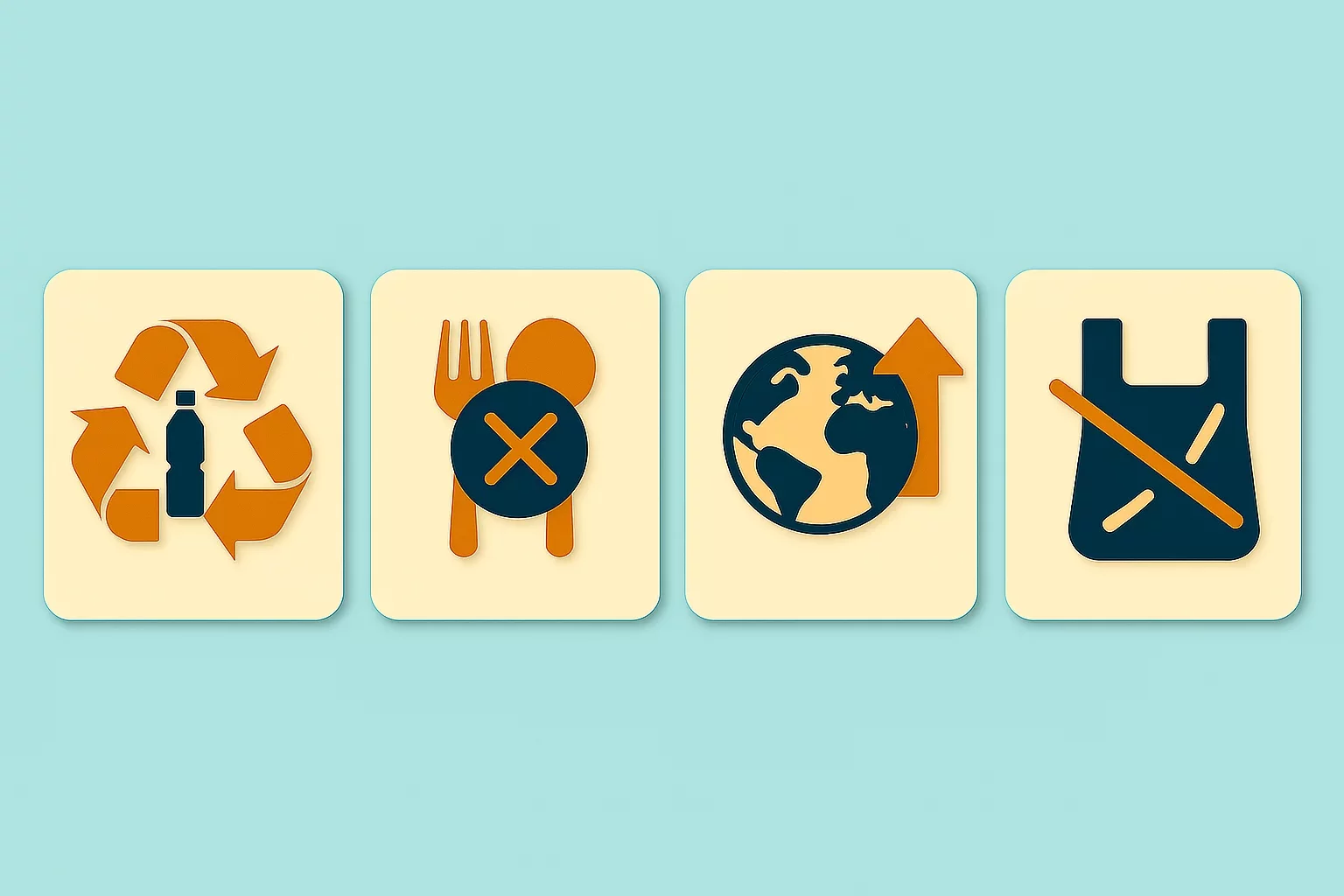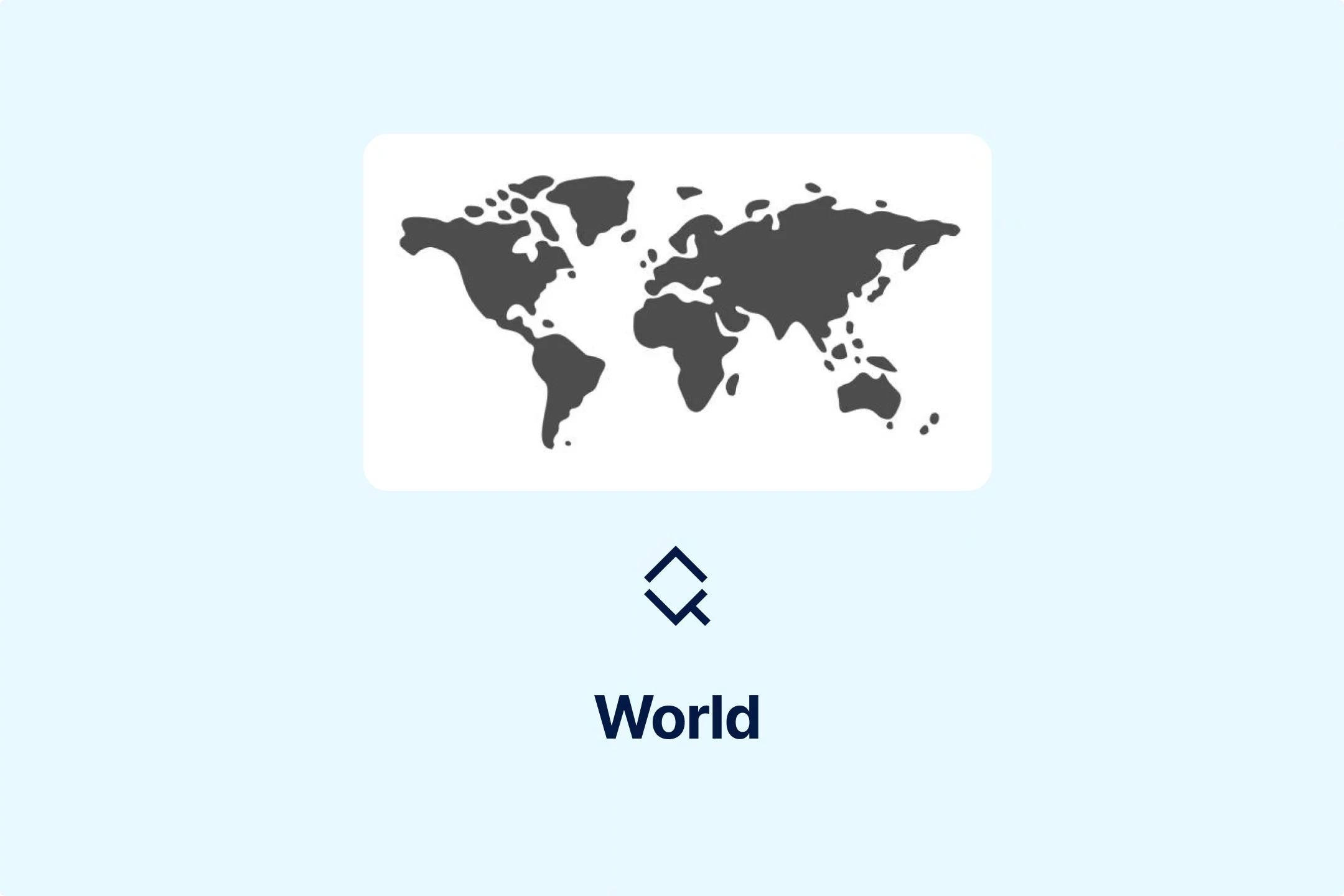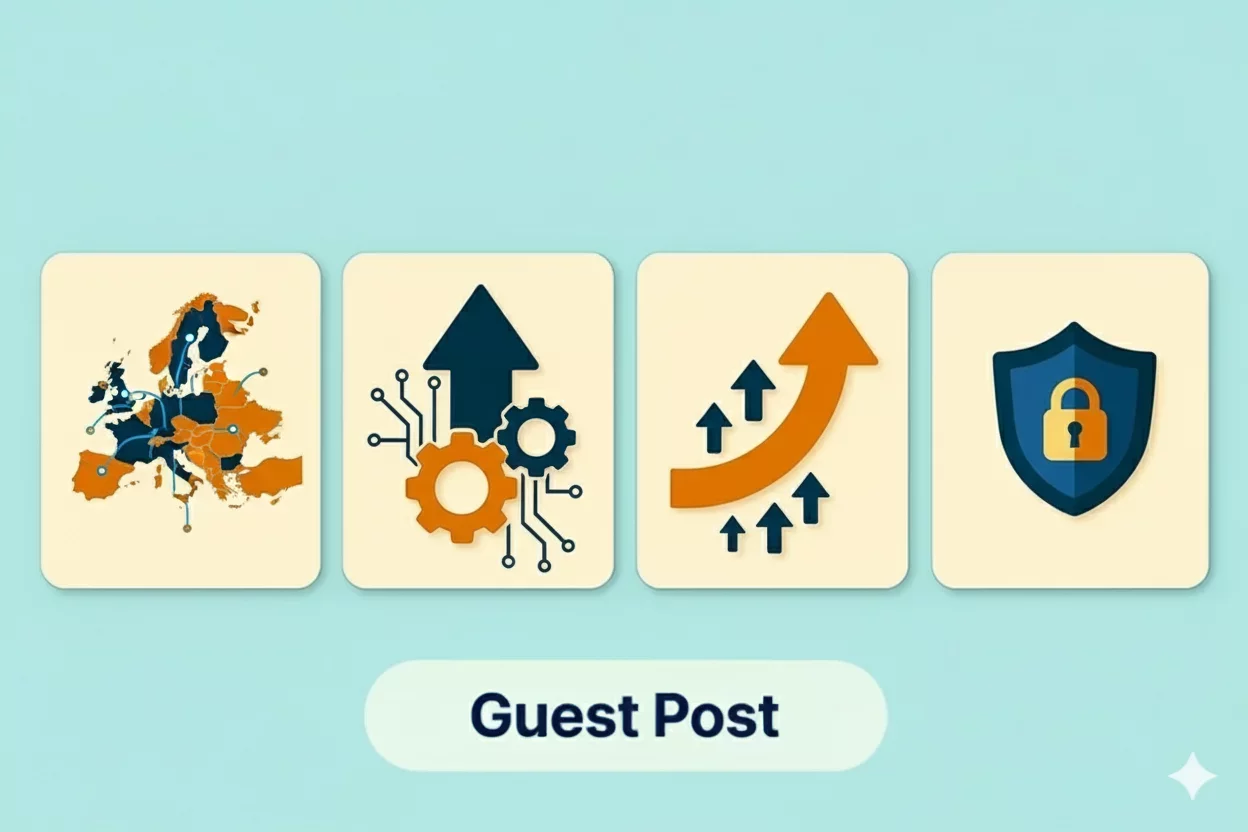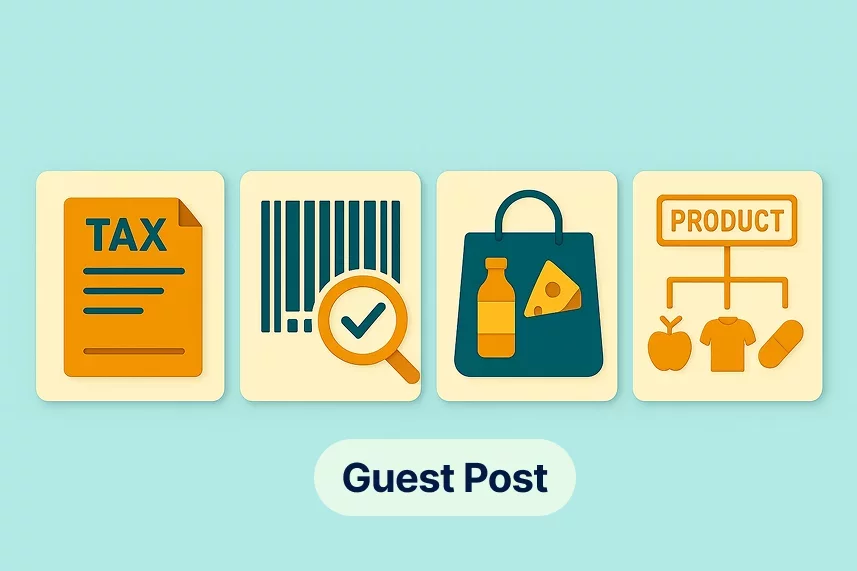Introduction to the Concept of Electronic Invoicing

As societies advanced, so did the methods of documentation. From clay tablets that were used in ancient times, recording systems transitioned to paper invoices, which have become a standard practice for centuries. A paper invoice is a commercial document that records a transaction between a seller and a buyer. Its simplest form shows information about the seller, the service provided or the goods sold, the price, the method of payment, and taxes.
While effective, these paper-based systems had inherent inefficiencies that are generally directly related to human errors since they require manual data entry, handling, and storage. Both businesses and governments recognized that paper invoices could no longer meet the demands of a fast-paced, globalized economy. Thus, a new form of invoice emerged.
Unlike traditional or digital invoices, such as PDFs or digital images, e-invoices are issued and exchanged in a structured electronic format that allows automatic and electronic processing. This modern form of invoice drastically reduces the possibility of human error.
Electronic invoicing represents one of the most modern and technologically developed forms of digital reporting based on the transactional level.
Origins of Electronic Invoicing
The first countries to adopt e-invoicing were Latin American countries. Chile, Brazil, Argentina, and Mexico were the first to implement comprehensive, well-structured e-invoicing systems. These countries recognized the potential of leveraging technology to automate their financial and accounting systems and combat tax fraud.
European countries quickly understood the advantages of this system and soon began to introduce it one by one, with Denmark and Finland leading the way. In 2014, Italy became the first European country to make e-invoicing mandatory for B2G transactions.
Since 2020, all Member States have developed a framework that complies with the European Standard on e-invoicing.
Now, more and more countries worldwide are working towards mandating e-invoicing not only for B2G but also for B2B transactions. Today, the number of countries with some e-invoicing systems is well above 100, with the majority only referring to B2G transactions.
Positive Side of E-Invoicing
Implementing electronic invoicing brings a wide variety of benefits when it comes to developing tax monitoring tools for the tax authorities and other connected public institutions on which the tax supervisory obligations are transferred. Thanks to automation, monitoring is becoming less time-consuming and more effective.
The shift from paper-based invoicing to e-invoicing makes the operative and compliance part of the business's daily activities less burdensome and expensive. Furthermore, these systems minimize errors and enhance cash flow management by enabling faster payment cycles and providing real-time insights into outstanding invoices.
Risks and Challenges
Implementing digital reporting systems, such as electronic invoicing, carries new challenges and sensitive points compared with “traditional” types of tax reporting that have been used for decades. Establishing a high-quality data protection system is a necessary technical pinpoint before rolling out the e-invoicing solution.
In some regions, particularly in developing countries, inadequate digital infrastructure and limited internet access pose significant barriers to the security and implementation of e-invoicing.
The relevant challenge that cross-border operating businesses face is the fragmentation of e-invoicing systems and related requirements defined by national authorities.
To cope better with fragmentation and related costs to develop a compliant solution according to local requirements, businesses that operate internationally from one side, international associations, and some national authorities are searching for the establishment of worldwide acceptable standards as a way to answer the never-ending challenges when it comes to compliance costs in this area.
Initiatives such as the European Union’s PEPPOL (Pan-European Public Procurement On-Line) network aim to create interoperable e-invoicing systems that can be used across different countries, simplifying cross-border trade and reducing administrative burdens.
Future of E-Invoicing
The future of e-invoicing is closely related to emerging technologies and further improvement of legal regulations and standardization at the global level. Technologies like AI, blockchain, Robotic Process Automation (RPA), and Big Data contribute to detecting anomalies in invoice data, improving e-invoicing processing systems, fighting fraud, and developing predictive tax reporting.
Also, e-invoicing data can be used in new domains, such as digital VAT returns, freight transport information, eInvoice data for emissions reporting, and traceability in the supply chain.
Conclusion
This type of digital reporting brings many benefits for various stakeholders. The jump from slow manual work, prone to errors, into the fast pace of automation, is undoubtedly one of the pinpoints that excels the relevance of electronic tax reporting. The upfront investment shouldn’t blur the benefits that will come in the short term since the implementation shows its advantages in comparison with traditional accounting and reporting systems.
E-invoicing helps governments worldwide fight tax fraud and have more control over VAT. These systems are still in the early stages, and governments and international organizations are working to standardize and improve them. Together with technologies like AI, blockchain, Robotic Process Automation (RPA), and Big Data, e-invoicing systems have yet to be developed and found to be used in new domains.

Featured Insights

Angola’s E-Invoicing Mandate: Phased Implementation Continues Into 2026
🕝 December 10, 2025
VAT Deduction and Business Succession: When Do Advisory Costs Serve the Company’s Interest?
🕝 December 8, 2025
Europe’s Plastic Fiscal Shift: Why Italy’s Plastic Tax Now Starts in 2027
🕝 December 3, 2025
The Decline of Low-Value Import Exemptions: Closing Gaps in Cross-Border E-Commerce
🕝 November 20, 2025More News from World
Get real-time updates and developments from around the world, keeping you informed and prepared.
-e9lcpxl5nq.webp)
























-7xdqdopxl6.webp)



-a9bz8kz2cs.webp)






























